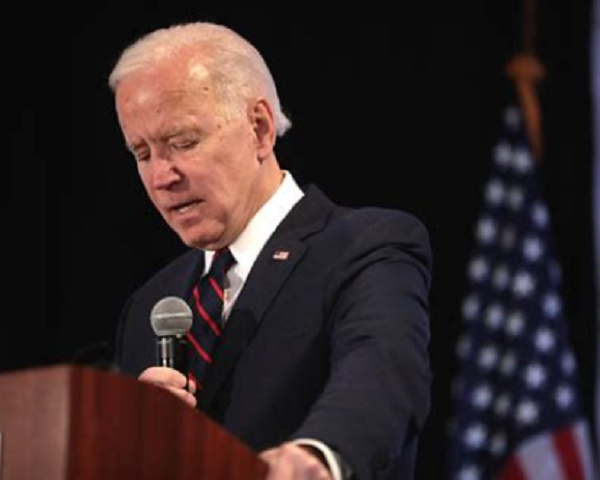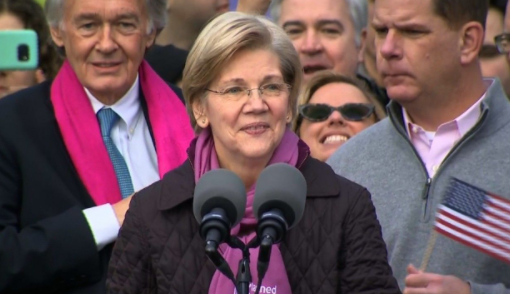A comprehensive new study supported by Oxford University has concluded that the imposition of lockdowns and the restriction of personal freedoms during the pandemic had no discernible impact on controlling Covid. The research, which modeled virus deaths and unemployment rates in response to various pandemic policies, indicated that allowing individuals to make their own decisions about virus protection would have yielded similar outcomes. The study found that while blanket shutdowns reduced recorded cases of the virus, letting people adapt their behavior independently was equally effective.
The findings, featured in the peer-reviewed journal Nature Human Behaviour, stem from research conducted by the Institute of New Economic Thinking at Oxford University. The study specifically spotlighted Sweden’s unconventional approach during the pandemic, where citizens were entrusted to make personal decisions regarding travel, vaccines, school attendance, mask use, and other precautions. Unlike many countries, Sweden did not impose lockdowns or mandates, only providing advisory guidance.
The research indicated that both policy approaches resulted in comparable trade-offs concerning public health and the economy, with significant job losses recorded in both scenarios.
While Sweden’s economy avoided the impact of lockdowns, various industries in the nation still experienced challenges due to global lockdowns, resulting in shortages and delays.
The researchers acknowledged that stringent non-pharmaceutical interventions (NPIs), including lockdowns, social distancing, and face masks, played a role in mitigating the spread of Covid. However, they emphasized that allowing individuals to autonomously adjust their behavior—such as reducing contacts and minimizing trips to shops or restaurants—would have yielded similar outcomes.
To assess the effects of both approaches, the researchers developed an economic model based on the initial wave of the pandemic, utilizing data from approximately 416,000 people in New York City.
The researchers employed various scenarios, incorporating different levels of restrictions and modifications to behavior, into the model. They then estimated the resulting infections and identified which occupation, income level, and age group experienced the greatest impact.
The findings indicated that both stringent lockdowns and significant behavioral changes contributed to increased unemployment and reduced Covid deaths. For instance, under imposed lockdowns, virus-related deaths decreased by 35 percent, accompanied by a 64 percent surge in unemployment. In contrast, in a scenario where individuals independently adjusted their behavior in a “high fear” context, deaths decreased by 50 percent, while job losses increased by 40 percent.
The team concluded that a “similar trade-off between epidemic and economic outcomes” exists, irrespective of whether Covid restrictions are enforced or if individuals are allowed to modify their behavior.
“Both substantial behavioral changes and stringent closures lead to similar patterns of rising unemployment and fewer infections,” the researchers wrote..
“While it is intuitive to expect stricter mandated NPIs to increase unemployment and decrease COVID-19 deaths, it is less apparent that heightened behavioral adaptation would yield similar results,” the researchers added.
The study indicated that shutting down sectors not directly involving public interaction, such as construction and manufacturing, had detrimental effects. These closures led to a significant increase in job losses with only a minimal decrease in fatalities.
Moreover, implementing pandemic restrictions belatedly, after individuals have already adjusted their behavior, resulted in a dual impact of heightened deaths and unemployment.
The researchers acknowledged that their findings are based on data from a specific region of the U.S. during the initial lockdown, without considering testing, Covid variants, or vaccination.
However, they emphasized that the results contribute to essential policy discussions during the Covid pandemic, providing valuable insights for future governments facing challenging decisions. Professor Doyne Farmer, the director of the complexity economics program at Oxford University’s Institute of New Economic Thinking, described the paper as “timely” amid the ongoing global inquiries into Covid.
“We are seeing governments across the globe begin their ‘moments of reckoning,’ reviewing the effectiveness of a great variety of policies brought in during Covid,” Professor Farmer said.
“According to some, lockdowns were not imposing any trade-off between health and the economy because, if the virus got out of control, the economy would be equally damaged.
“According to others, letting at-risk individuals spontaneously reduce their risk of infection would have led to the best epidemic and economic outcomes, with no trade-off.
“These debates have remained contested and unresolved,” Farmer said
“Our quantitative research helps provide evidence-based answers to these questions, suggesting that both lockdowns and spontaneous behavior change lead to similar trade-offs between health and the economy.
“Those that claimed that there was no trade-off between health and the economy were not basing their belief in a quantitative model.”
In early 2020, states across the country and nations globally implemented “stay-at-home” directives, leading to the closure of schools, businesses, and hospitality establishments. These measures were widely deemed necessary by health officials and government experts to curb the spread of the virus. However, certain epidemiologists and public health scientists expressed concerns about the potential long-term societal impacts of these economically crippling policies.
In contrast to many countries, Sweden took a distinctive approach in 2020. Instead of implementing widespread lockdowns, the nation relied on citizens’ civic responsibility to reduce the spread of COVID-19. Authorities recommended social distancing and protective measures, but schools, bars, and restaurants remained open, and mask mandates were not enforced. Stricter measures included restrictions on visits to elderly care homes and limitations on public gatherings.
This approach sparked debates and discussions globally, with some considering it a cautionary tale while others praised it as an alternative to lockdowns. Over time, Sweden’s strategy demonstrated success. The country faced economic challenges, primarily influenced by other nations’ lockdowns, but its economy remained stronger than that of most European Union countries.
While Europe experienced a severe recession, Sweden did not. Importantly, this success did not come at the expense of public health. Notably, Sweden had smaller total excess deaths than any other European country during the three pandemic years (2020–2022). The excess death rate in Sweden was also less than half of that in the United States.







